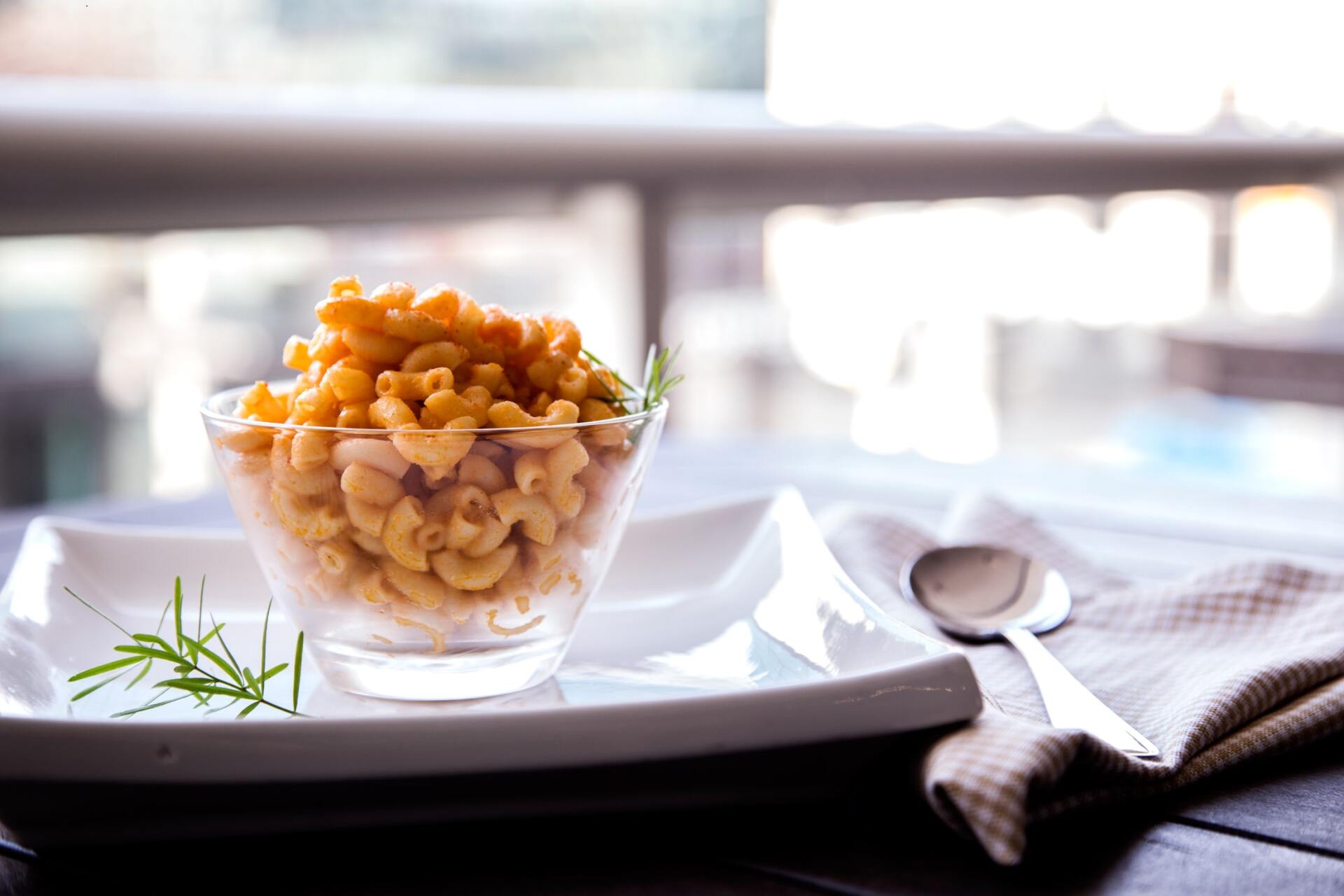How To Fireproof Your Home In 10 Easy Steps
October 7-13 is Fire Prevention Week
Fall is a good time of year to build safety measures into your daily routine. Nationally, an estimated 2.3 deaths and 10.4 injuries occur per 1000 fires according to National Fire Incident Reporting System (NFIRS). However, Ohio averages 2.8 deaths and 18 injuries. The stats for residential structure fires is even higher with the national average of 5.5 deaths and 26.2 injuries. In Ohio, for every 1000 fires, fire departments reported 6 deaths and a whopping 41.5 injuries. As of this writing, 72 people have already died from home fires meaning a shocking 12,000 fires have injured almost 500 people this year.
Your home and the people within it are worth protecting. By taking a careful look around your home, this check list can help you be more aware of the hazards and locate trouble spots before an accident occurs. Many fires can be prevented by exercising caution and addressing unsafe practices
It is important to have fire extinguishers on hand, (preferably one or more on each floor) and check your smoke alarms throughout the year. Start the habit of checking them bi-annually when the time changes occur. Obviously, if your alarm begins beeping, replace the battery immediately. Keep these points in mind and take care of potential hazards before they become deadly.
Be on the Lookout in these Areas of Your Home
 1. According to the United States Fire Administration (USFA) over 50% of all fires start in the kitchen.
When cooking, do not leave the kitchen unattended. It’s easy to get sidetracked and forget about something on the stove. Be especially careful with cooking sherries and oils which can flash, causing serious burns and igniting whatever is within their reach like oven mitts or towels. They can ignite if lain on hot electric burners. Many foods like flour, sugar and garlic are highly flammable, as are many high-fat snack foods like chips and microwave popcorn. Grease fires and deep fryers cause extensive damage, injury and death every year. Cooking fatty meats like bacon and pork can pop and splatter increasing fire risk. Additionally, the popular trend of deep frying turkeys is extremely dangerous indoors. Even out of doors, the oil can spill and catch fire burning everything in its path. Have baking soda (not water!) on hand for grease fires. If you cannot extinguish the fire, as with any fire, alert your family and get out of the house.
1. According to the United States Fire Administration (USFA) over 50% of all fires start in the kitchen.
When cooking, do not leave the kitchen unattended. It’s easy to get sidetracked and forget about something on the stove. Be especially careful with cooking sherries and oils which can flash, causing serious burns and igniting whatever is within their reach like oven mitts or towels. They can ignite if lain on hot electric burners. Many foods like flour, sugar and garlic are highly flammable, as are many high-fat snack foods like chips and microwave popcorn. Grease fires and deep fryers cause extensive damage, injury and death every year. Cooking fatty meats like bacon and pork can pop and splatter increasing fire risk. Additionally, the popular trend of deep frying turkeys is extremely dangerous indoors. Even out of doors, the oil can spill and catch fire burning everything in its path. Have baking soda (not water!) on hand for grease fires. If you cannot extinguish the fire, as with any fire, alert your family and get out of the house.
2. Candles
must be within view at all times, especially around children. If you like the ambience of flickering lights, swap out real candles for battery operated ones. They’re realistic and won’t add soot to your ceiling. If you enjoy fragrant candles, consider using an electric, illuminated essential oil diffuser instead.
3. Electrical issues like faulty wiring, outlets that spark or only work some of the time, should be addressed by a professional electrician. Blowing a fuse usually indicates overloaded circuits. It’s the safety system to prevent wires from overheating. Use correct wattage light bulbs in your lamps and fixtures to keep them from overheating and keep fabrics like curtains and sheers well away from bulbs. Additionally, noted Fire Chief Wes Kilcrease counsels against using inexpensive two pronged extension cords. “Always use a grounded (three prong) extension cord.
4. Laundry area: Regularly clean dryer lint out of the trap. A blocked lint trap prevents proper airflow. When the dryer runs excessively, elements inside the dryer can overheat. Lint is highly combustible. It can build up in the ductwork, vents and the heating element which can lead to fire. According to the USFA, 2900 dryer fires are reported each year, occurring mostly in fall and winter.
5. In the basement/ garage store flammable liquids (kerosene, gasoline, ether) and spray cans (bug repellents, paint) well away from heat sources and your furnace. Nor should aerosols be used in a closed in area with an open flame.
6. Alternate heat sources like older space heaters may be out of code. Look for UL Listed label.
7. Wood or pellet stoves must be cleaned and maintained regularly to prevent malfunctions. Over time, fly ash accumulates in flue ash traps potentially causing blockage. When ash is heated to its melting point, intake holes in the burn pot can become clogged when the ash re-solidifies. To avoid a fire inside the body of the stove, and potentially the pellet hopper, make sure to regularly empty ash pans. Keep the hopper swept free of sawdust, clean air filters and check the flue for ash and creosote buildup. Also, follow manufacturers recommendations for keeping flammable objects cleared away from the area surrounding your stove.
8. With any fireplace (have professionally cleaned annually by CSIA Chimney Sweep Institute of America) in the fall never use green or damp wood, trash, cardboard, wrapping paper or trees.
9. Remember to unplug all small appliances that have heat sources in them. This includes hair dryers, curling irons, hot rollers & straightens. In the kitchen, coffee makers, slow cooker and toaster ovens. Throughout the house, humidifiers and heating pads should be unplugged when not in use.
 10. Avoid using electronics and bedding together, like laptops and cellphones
in bed. Laptops can overheat in confined spaces or when their air vents are blocked and catch fire. Smartphone batteries often overheat when in use and when recharging. Even though we don’t want to miss a single message, it’s safer to give your phone a rest, but on the night stand. And, if you smoke indoors, please avoid smoking in bed.
10. Avoid using electronics and bedding together, like laptops and cellphones
in bed. Laptops can overheat in confined spaces or when their air vents are blocked and catch fire. Smartphone batteries often overheat when in use and when recharging. Even though we don’t want to miss a single message, it’s safer to give your phone a rest, but on the night stand. And, if you smoke indoors, please avoid smoking in bed.
At Ohio Capital Mortgage we wish you a safe and happy fall and winter season! Have other fire prevention ideas we didn’t mention? Please comment on Facebook. As always, we’d love to hear from you so if you have more questions, please reach out or stop by our website OhioCapitalMortgage.com.












